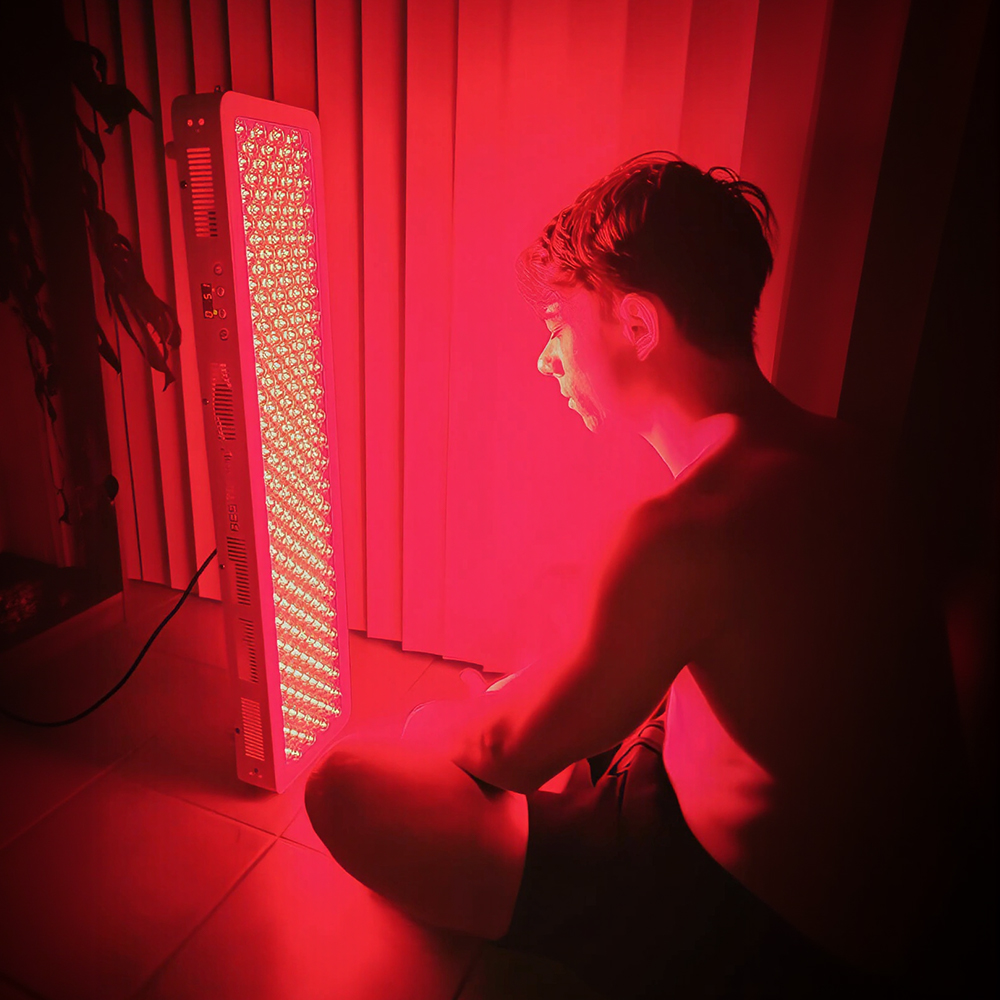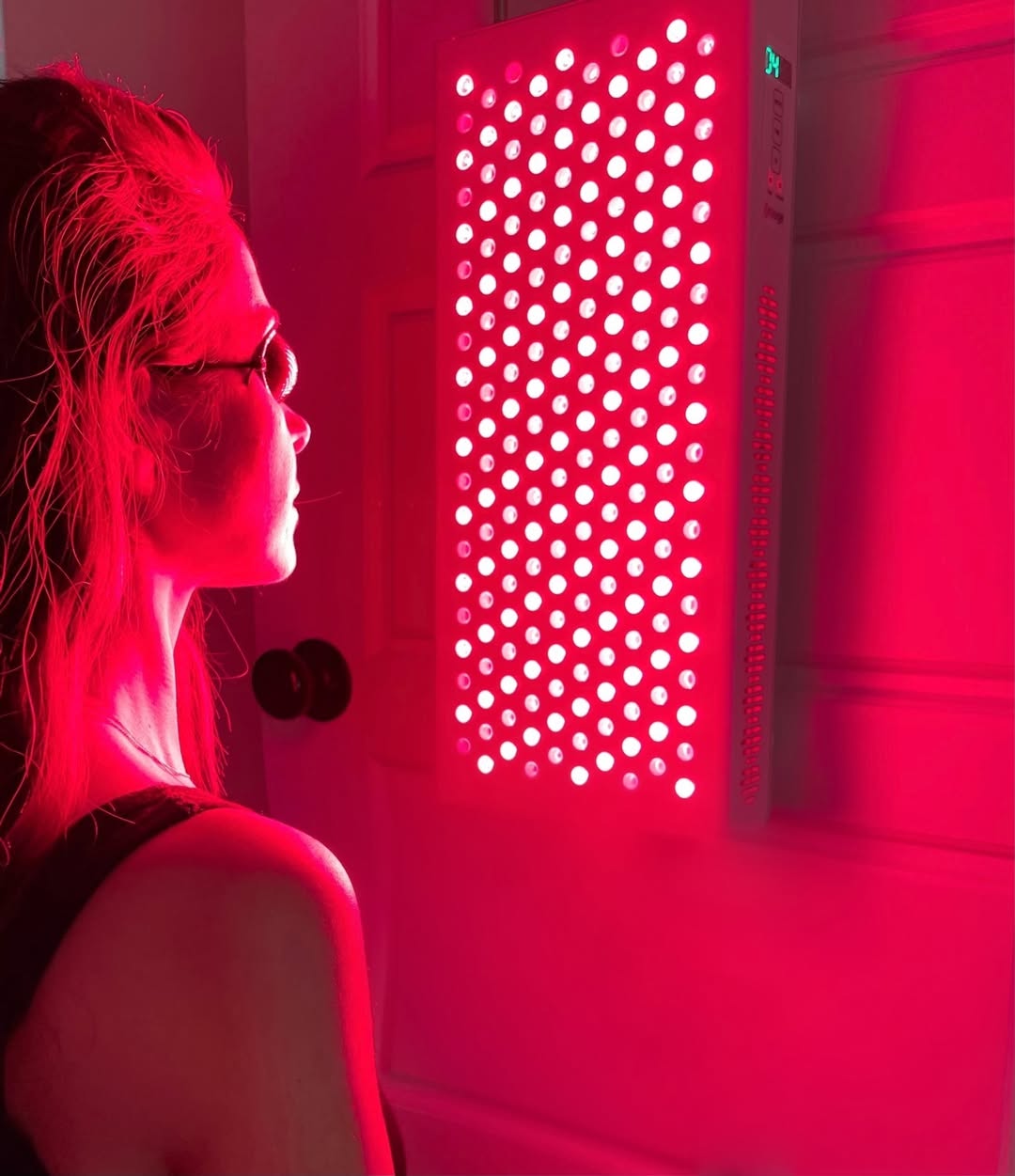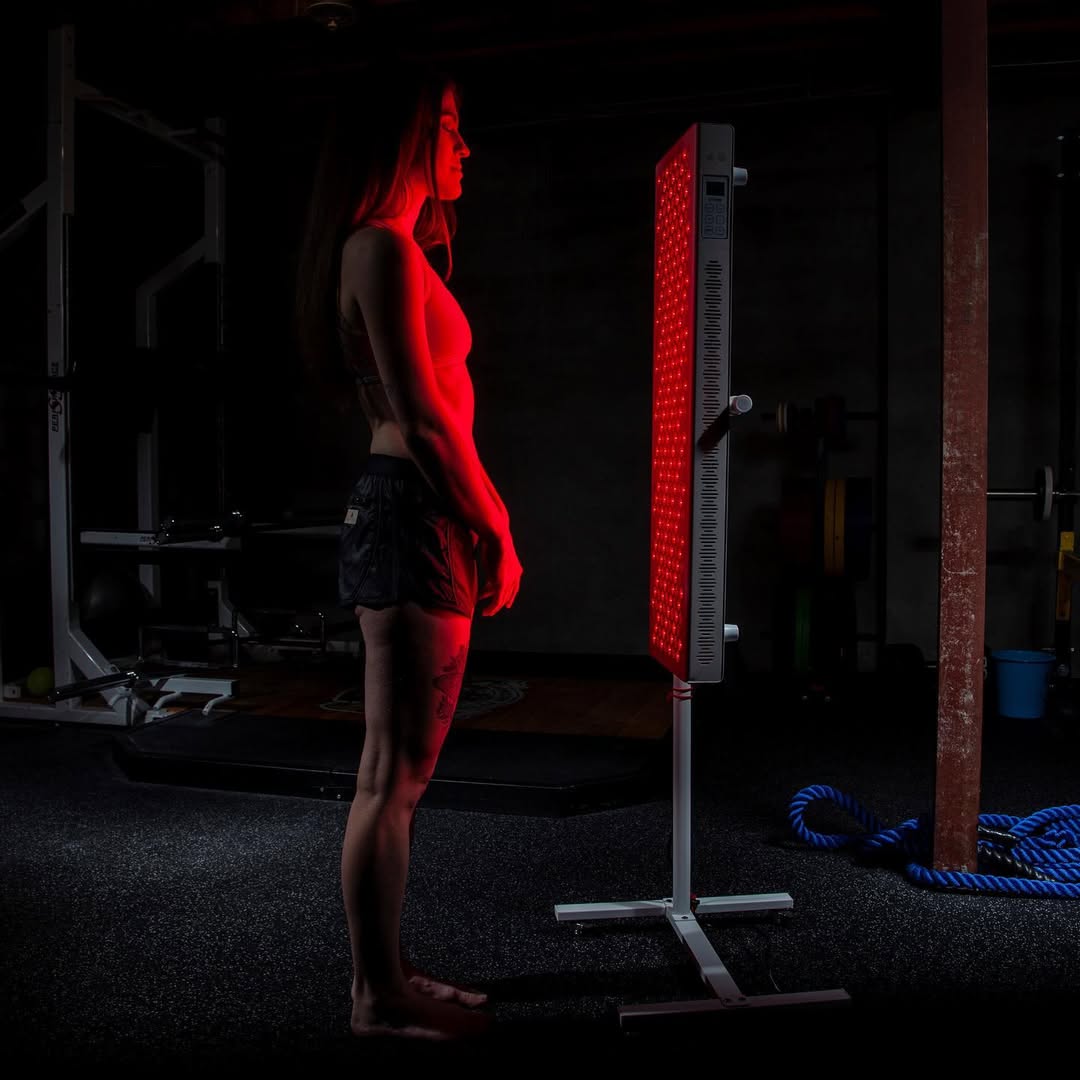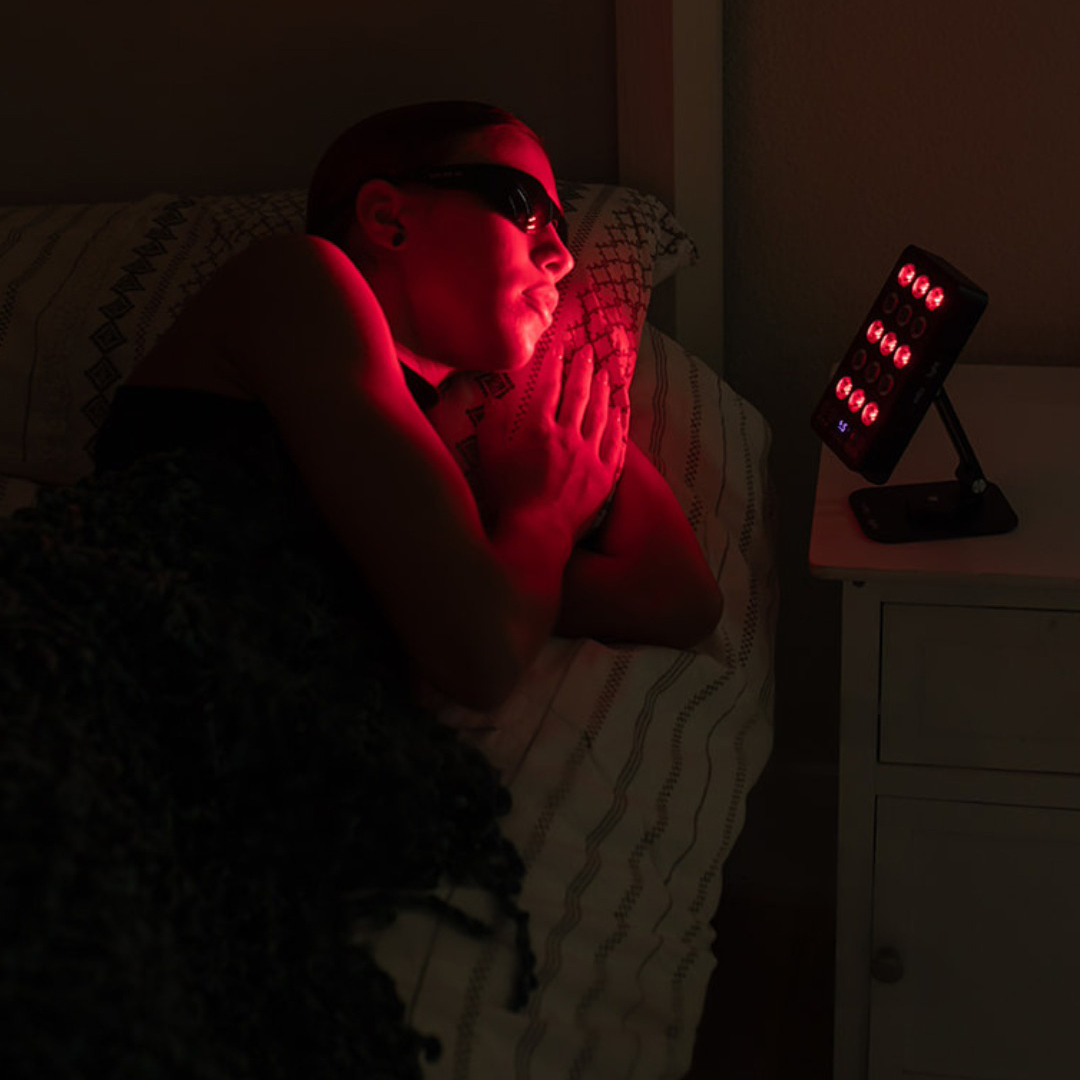![]() Free Shipping
Free Shipping ![]() Buy Now, Pay Later
Buy Now, Pay Later ![]() Eligible
Eligible
Red Light Therapy for Pinched Nerve in Neck: A Natural Path to Pain Relief
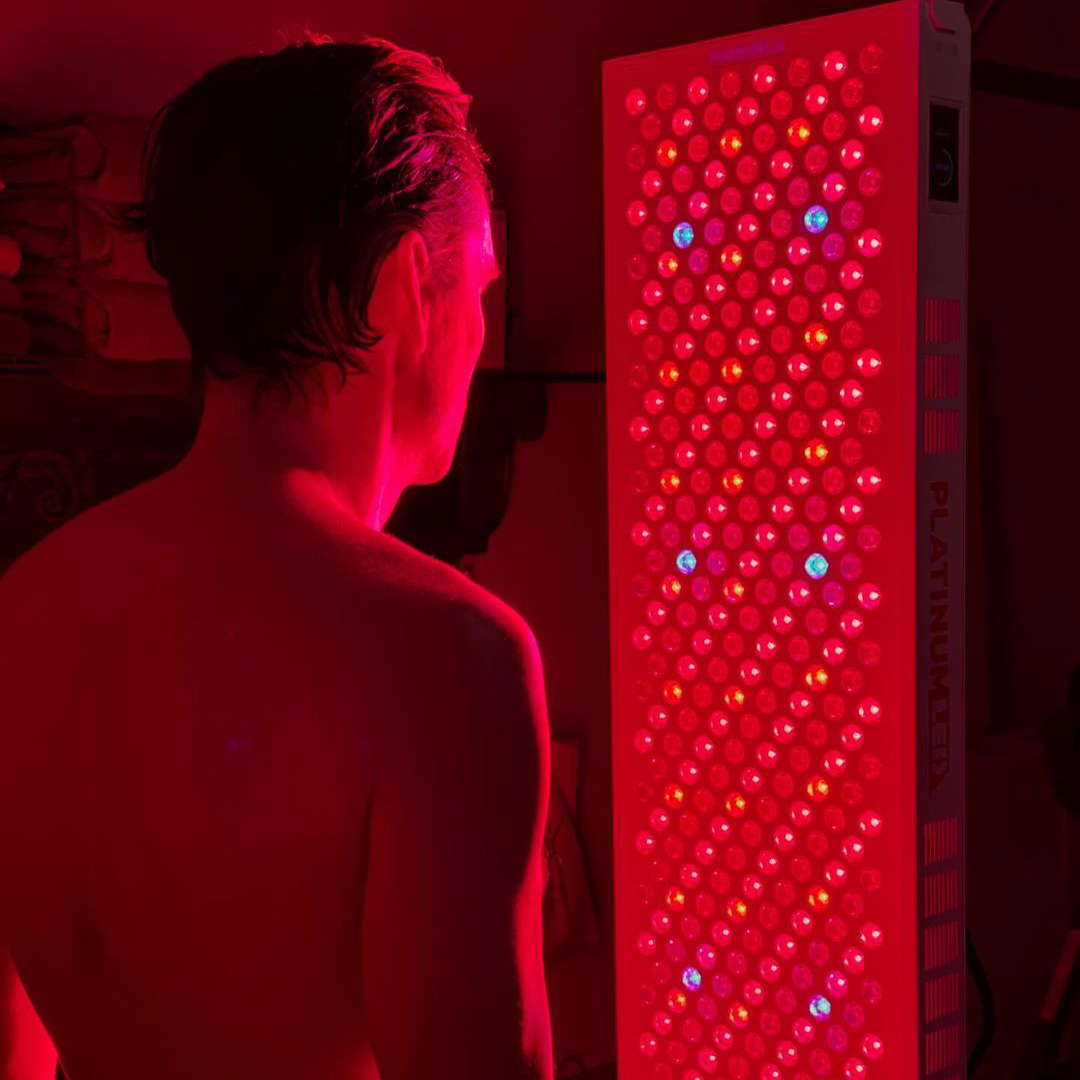
Do you suffer from a pinched nerve in your neck, causing sharp pain, numbness, or tingling that radiates down your arm? If so, you’re not alone. Pinched nerves (also known as cervical radiculopathy) affect millions of people, often due to poor posture, spinal misalignment, herniated discs, or repetitive strain.
While conventional treatments like painkillers, physical therapy, or even surgery may offer relief, many are turning to red light therapy (RLT)—a non-invasive, drug-free approach that harnesses the power of light to reduce inflammation, accelerate healing, and relieve nerve pain.
But does it really work? And how can you use it effectively? Let’s dive into the science, benefits, and practical ways to use red light therapy for a pinched nerve in the neck.
Understanding a Pinched Nerve in the Neck
A pinched nerve occurs when excessive pressure is applied to a nerve by surrounding tissues—bones, muscles, tendons, or cartilage. In the neck, this often happens due to:
- Herniated or bulging discs (putting pressure on spinal nerves)
- Bone spurs (from arthritis or spinal degeneration)
- Poor posture (slouching or “text neck” from prolonged phone use)
- Injury or repetitive strain (whiplash, heavy lifting, or sports activities)
Symptoms may include:
- Sharp or burning pain in the neck
- Tingling or “pins and needles” in the shoulders, arms, or hands
- Muscle weakness in the affected arm
- Numbness in the fingers
Traditional treatments include rest, NSAIDs (like ibuprofen), physical therapy, steroid injections, or—in severe cases—surgery. However, these options may have side effects or limited long-term benefits.
This is where red light therapy comes in as a promising alternative.
What Is Red Light Therapy?
Red light therapy (RLT), also known as low-level laser therapy (LLLT) or photobiomodulation (PBM), uses specific wavelengths of red and near-infrared (NIR) light to penetrate the skin and stimulate cellular repair.
How It Works for Nerve Pain
When red and NIR light (typically between 630nm–850nm) is applied to the skin, it:
- Boosts Mitochondrial Function – Light energy enhances ATP (cellular energy) production, helping damaged nerves heal faster.
- Reduces Inflammation – It decreases pro-inflammatory cytokines, which contribute to nerve compression pain.
- Enhances Blood Flow – Improved circulation brings more oxygen and nutrients to the injured area.
- Stimulates Nerve Regeneration – Studies show red light can accelerate nerve repair by increasing growth factors like BDNF (Brain-Derived Neurotrophic Factor).
Scientific Evidence Supporting RLT for Pinched Nerves
- A 2014 study in Lasers in Medical Science found that LLLT significantly reduced pain and improved function in patients with cervical radiculopathy.
- Research in Pain Research and Management (2017) showed that red light therapy decreased neuropathic pain by reducing oxidative stress and inflammation.
- A 2020 review in The Journal of Neuroinflammation confirmed that photobiomodulation helps nerve regeneration and reduces chronic nerve pain.
These findings suggest that RLT isn’t just a placebo—it has real, measurable effects on nerve healing.
How to Use Red Light Therapy for a Pinched Nerve in the Neck
1. Choose the Right Device
- Handheld RLT devices (for targeted treatment)
- Panels or full-body mats (for broader coverage)
- Wavelength matters: Look for 660nm (red) + 850nm (NIR) for deep tissue penetration.
2. Treatment Protocol
- Frequency: 3–5 sessions per week (or daily for acute pain).
- Duration: 5–15 minutes per session, directly over the painful area.
- Distance: 6–12 inches from the skin (follow device guidelines).
3. Combine with Other Therapies for Best Results
- Gentle neck stretches (to relieve pressure on the nerve)
- Posture correction (avoid slouching to prevent recurrence)
- Anti-inflammatory diet (reduce processed foods, sugar, and excess caffeine)
Potential Benefits of Red Light Therapy for Neck Nerve Pain
✅ Non-invasive & drug-free (no side effects like medications)
✅ Reduces pain and inflammation (without steroids or NSAIDs)
✅ Speeds up nerve healing (faster recovery than rest alone)
✅ Improves mobility and function (helps regain strength in the arm/hand)
Final Thoughts: Is Red Light Therapy Worth Trying?
If you’re struggling with a pinched nerve in your neck and want a natural, science-backed solution, red light therapy could be a game-changer. While it may not replace all treatments (especially in severe cases), it offers a safe, effective way to reduce pain, accelerate healing, and prevent future flare-ups.
Have you tried red light therapy for nerve pain? Share your experience in the comments!
👉 Pro Tip: If you’re new to RLT, start with short sessions (3–5 minutes) and gradually increase as your body adjusts. Consistency is key—stick with it for at least 4–6 weeks to see optimal results.
Ready to Try Red Light Therapy?
Check out FDA-cleared devices from brands like Joovv, Mito Red Light, or Rouge Red Light for high-quality, effective treatment options.
Your neck—and nerves—will thank you! 🚀



